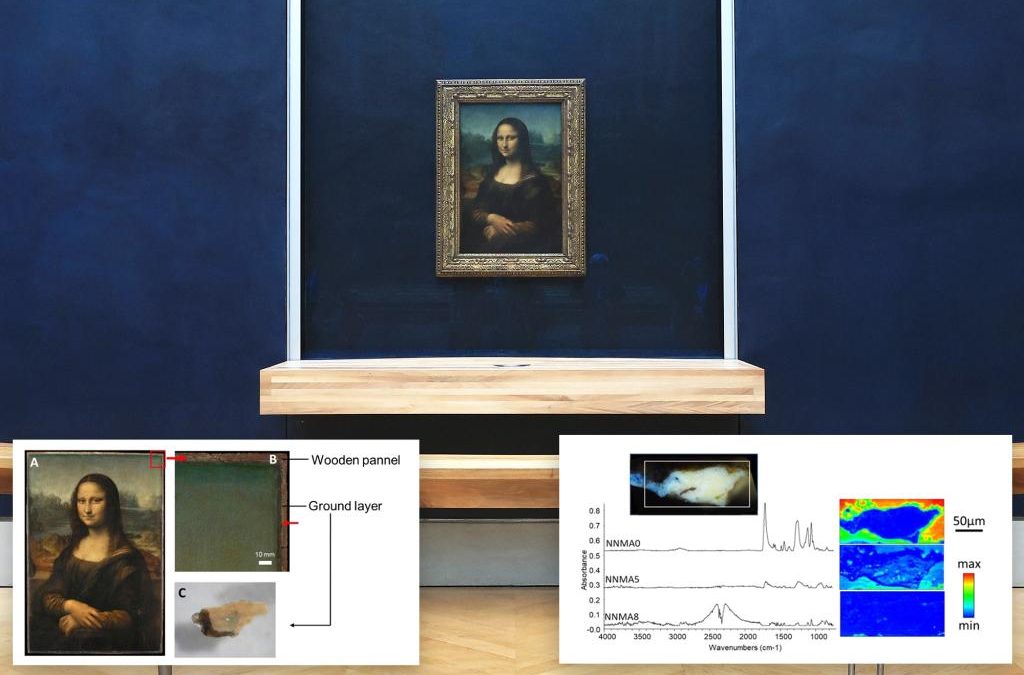Scientists have discovered a new secret about how Leonardo da Vinci painted his enigmatic masterpiece, “The Mona Lisa.”
The innovative Renaissance painter invented a unique chemical formula for the oil paints he used when painting the famous gazing lady, according to groundbreaking research published Wednesday in the Journal of the American Chemical Society.
Leonardo used his own chemically distinctive recipe on the Mona Lisa’s base layer to prepare the panel of poplar wood, the team of scientists and art historians in France and Britain discovered.
“He was someone who loved to experiment, and each of his paintings is completely different technically,” Victor Gonzalez, the study’s lead author and a chemist at France’s top research body, the CNRS, told The Associated Press.
Gonzalez has studied the chemical compositions of dozens of works by Leonardo, Rembrandt and other artists.
“In this case, it’s interesting to see that indeed there is a specific technique for the ground layer of ‘Mona Lisa,’” he said.
The researchers found a rare compound, plumbonacrite, in a fragment of the iconic work’s first layer, confirming art historians’ suspicions that Leonardo used lead oxide powder to thicken and help dry his paint.
The wisp of paint from the base layer of the “Mona Lisa,” that researchers analyzed was barely visible to the naked eye — just as wide as a human hair — and came from the top right-hand edge of the painting, according to the study.
Using a synchrotron, a large machine that accelerates particles to almost the speed of light, researchers analyzed the fragment’s chemical composition at an atomic level.
The makeup revealed plumbonacrite, a byproduct of lead oxide, allowing the researchers to say with more certainty that Leonardo likely used the powder in his homemade paint brew.
“Plumbonacrite is really a fingerprint of his recipe,” Gonzalez said. “It’s the first time we can actually chemically confirm it.”
Gonzalez said that the chemical has also been found in Rembrandt’s works he completed in the Netherlands in the 17th century.
This discovery “tells us also that those recipes were passed on for centuries,” he said. “It was a very good recipe.”
Leonardo is thought to have dissolved lead oxide powder, which has an orange color, in linseed or walnut oil by heating the mixture to make a thicker, faster-drying paste.
“What you will obtain is an oil that has a very nice golden color,” Gonzalez said. “It flows more like honey.”
The “Mona Lisa” has for centuries mystified those who’ve met the cool stare of its subject, believed to be Lisa Gherardini, the wife of a Florentine silk merchant, according to the Louvre Museum in Paris where it has resided since the 18th century.
Even with this breakthrough, Gonzalez says there are more hidden secrets in Leonardo’s works to be found.
“We are barely scratching the surface,” Gonzalez said. “What we are saying is just a little brick more in the knowledge.”
With Post Wires
Source




